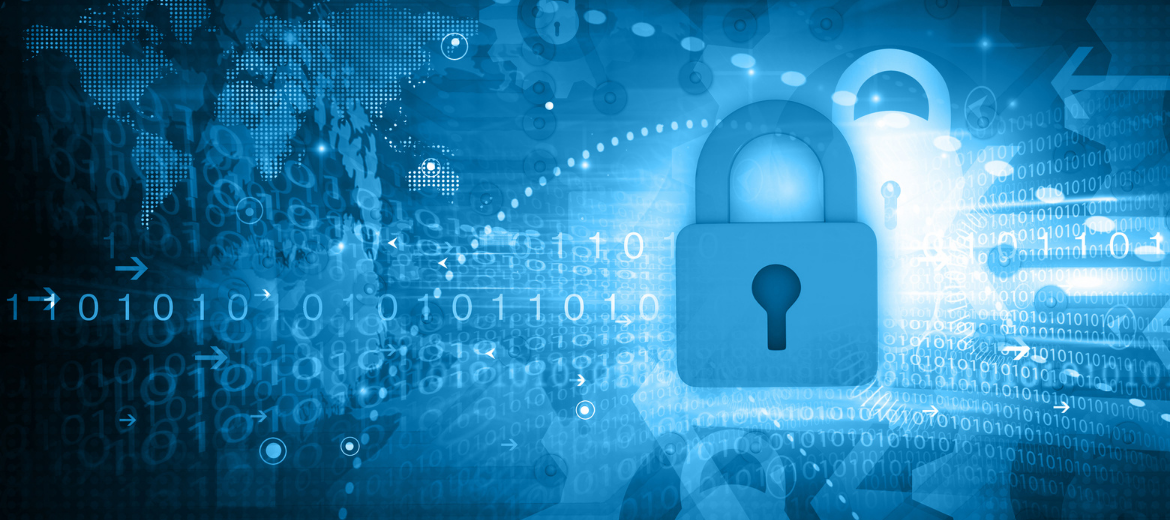Global attacks have increased by 29% as hackers continue to exploit the COVID-19 pandemic and remote work vulnerabilities. Ransomware attacks have increased by 93% in the last 6 months, fueled by innovation in an attack technique called "Triple Extortion".
A number of new threats, technologies, and business models have emerged in the cybersecurity space, while companies have adopted a remote work model in response to the COVID-19 pandemic. The lack of a network perimeter in this new world has accelerated the adoption of SASE, zero trust,s and XDR to ensure that remote users and their data are protected.
Opponents have taken advantage of the complexity introduced by the recently removed workforce to falsely identify legitimate users by stealing credentials and have increased the ante by targeting customers in the victim's supply chain. The ability to monetize ransomware attacks by threatening to publicly leak victim data has made it more profitable, while employers continue to defend themselves from those inside with an agenda.
Madness Special Purpose Acquisition Corp (SPAC) is heading to cybersecurity for the first time in 2021, with three vendors agreeing to merge or be acquired by SPAC, while a well-known security risk fund raises its own SPAC. Even more cybersecurity start-ups have valued the unicorn at least $ 1 billion in the first four months of 2021 than in 2019 and 2020 combined.
The “Cyber Attack Trends: 2021 Mid-year Report” research shows how cybercriminals have exploited the global shift to hybrid / remote operation. According to the report, organizations have seen a 29% increase in global cyberattacks since early 2021, with the EMEA region supporting a 36% increase in attacks.
This increase means that organizations in the EMEA region have been forced to fight a weekly average of 777 cyber attacks. Supply chain attacks have intensified, with Codecov and Kaseya attacks being a warning to companies globally. The CPR report cited the SolarWinds supply chain attack as an example of the disastrous impact they can have on global business.
"In the first half of 2021, cybercriminals continued to adapt their working practices to exploit the transition to hybrid operation, targeting organizations' supply chains and networking with partners to achieve maximum disruptions," said Maya Horowitz. VP Research at Check Point Software.
Threats at an exponential rate
Globally, the number of ransomware attacks has increased significantly so far this year, with an increase of 93% over the same period in 2020. This escalation of ransomware threats (reward) poses a huge risk to all sizes, warned CPR, businesses in a number of sectors that suffered severe losses last year. According to Cybersecurity Ventures, throughout 2020, ransomware attacks have cost businesses around the world a staggering $ 20 billion. These statistics also marked 75% compared to the previous year.
The rise of "Triple Extorsion"
ransomware The report highlights the emergence of "Triple Extorsion" ransomware, a new technique that presents serious challenges for organizations around the world. Hackers combine three types of cyber attack: DDoS attacks, file encryption and data theft. In particular, hackers are not just targeting a particular company. Instead, redemptions are requested from the company's customers, third-party affiliates and even customers. This allows cybercriminals to extort more companies and get bigger rewards. According to previous information published by CPR, the first major triple extortion incident was the attack on the Vastaamo clinic in October 2020.
The Finnish psychotherapy clinic suffered a data breach and a ransomware attack that led to the theft of patient data, many of whom received individual requests in their personal email accounts. Cybercriminals have threatened to publish the notes of the therapists' sessions, unless ransoms have been paid, which has caused significant stress to patients.
Increased use of penetration tools will, according to CPR, give hackers the opportunity to "customize attacks on the fly." "Over the past two years, we have seen an acceleration in the use of penetration tools such as Cobalt, Strike, and Bloodhound," CPR said.
Check Point also believes that the war on ransomware will intensify in the second half of 2021, as law enforcement and governments continue to fight cyber networks and state-sponsored hacker groups. "Ransomware attacks will continue to proliferate despite increased investment from governments and law enforcement," the company warned. "With such investments and increasingly advanced tools, the authorities will enjoy some success, but the actors of the threats will evolve and new groups will appear in the ransomware arms race."
We believe that in order to protect yourself from an attack, you need to understand the mechanism used by attackers and the impact that such an attack could have on your company. We will come back with a minimum set of recommended actions to secure your sites.


